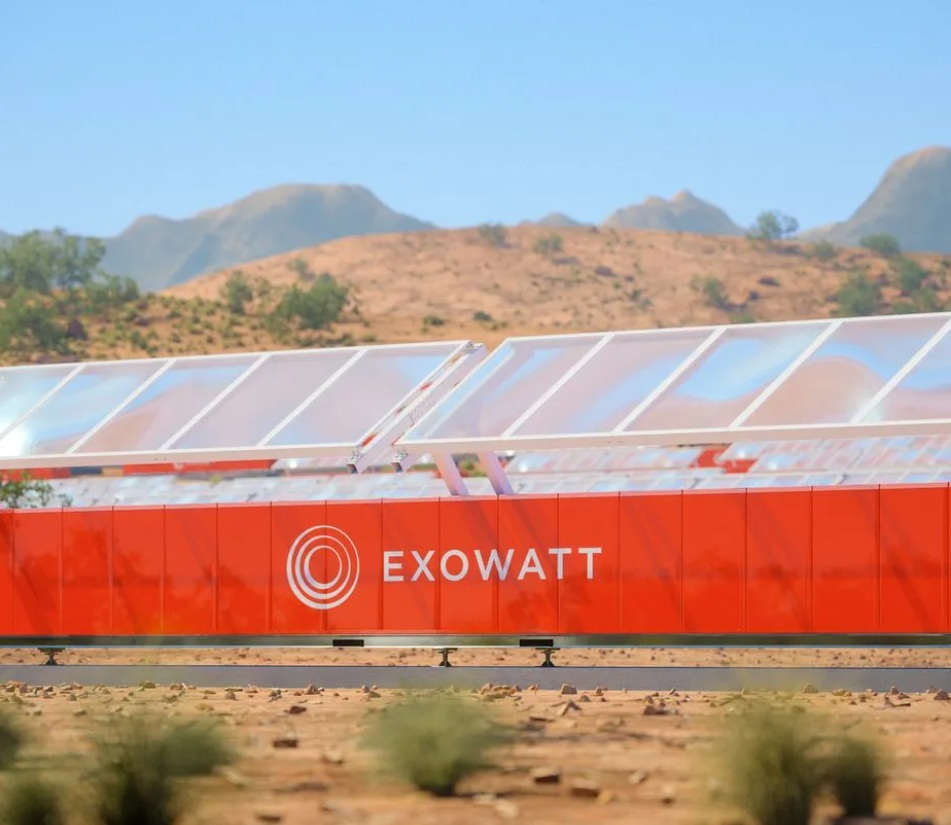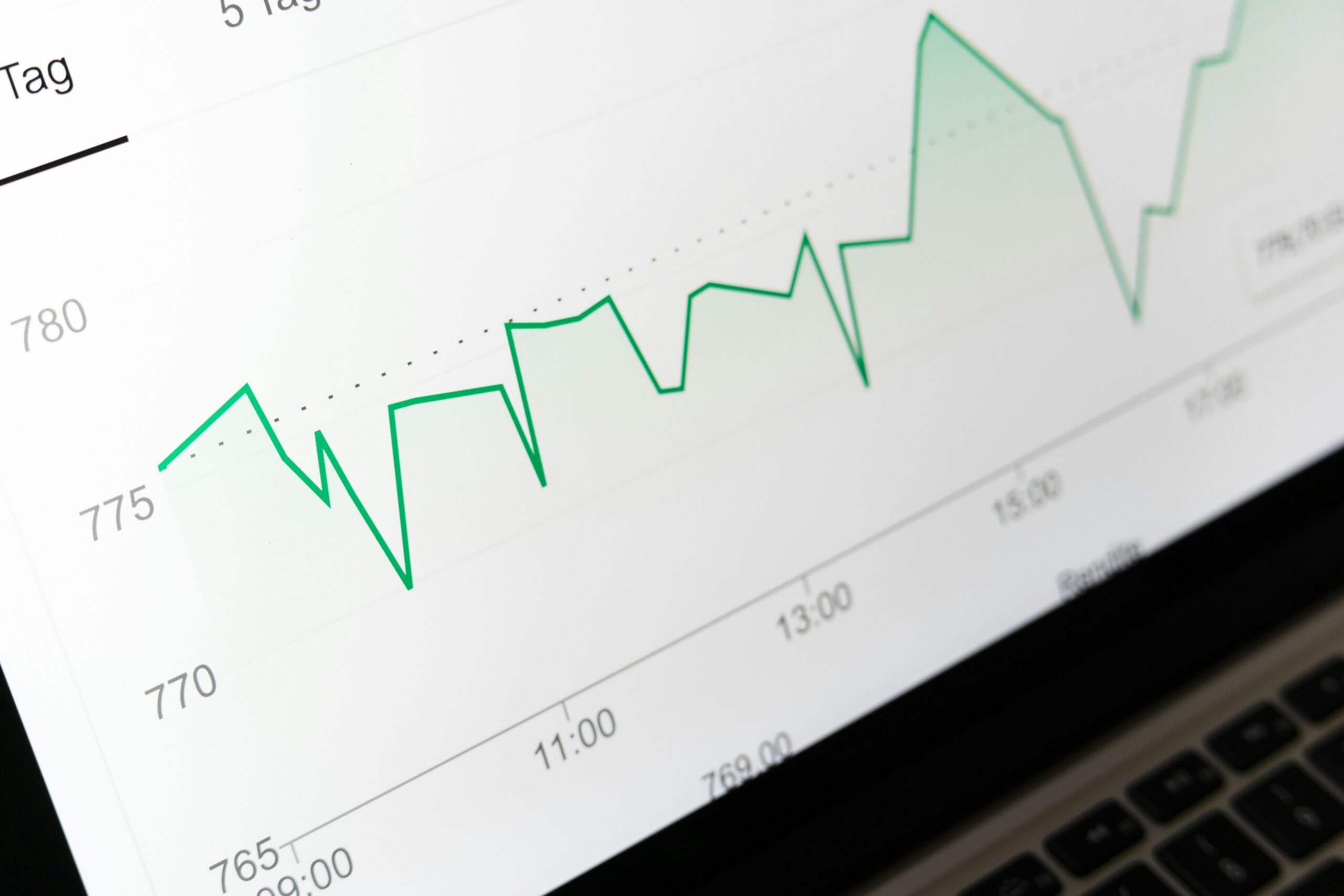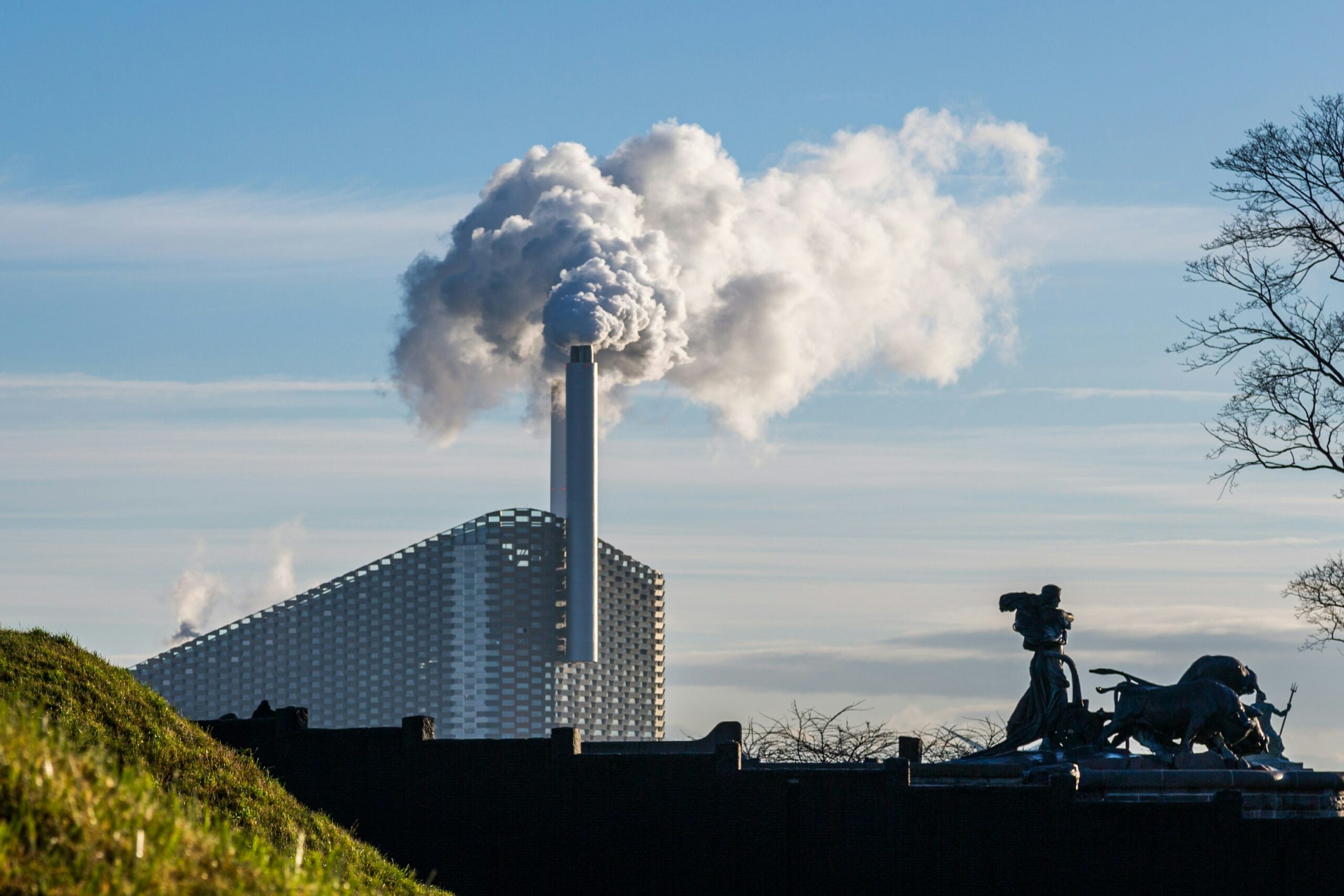Exowatt is defying expectations in the Climate Tech space, and last month raised US$70 million for a Series A funding round.
The American company, which provides round-the-clock solar power for industrial applications, will use the funds to expand its domestic production and further develop its Exowatt P3 technology.
Investors included Silicon Valley VC firm Felicis, as well as Andreessen Horowitz, 8090 Industries, Starwood Capital, MCJ Collective, MVP Ventures, GOAT VC, and StepStone Group.
Of the US$70 million raised, US$35 million comes in the form of debt, held by HSBC Innovation Banking and other lenders.

“We’ve been successful in having a partnership with HSBC,” Exowatt CEO Hannan Happi told Climate Insider. “We’ve progressed on these projects and we’ve had success on the commercial side. It’s a significant amount of debt – but the most economic way to fund hardware development is with debt.”
Exowatt has 90 GW in back orders from many customers, Happi told Climate Insider.
“All demand and back orders are coming from the U.S.,” he emphasized, a fact that is particularly important to business due to the political push from the Trump White House.
While Exowatt counts industrial customers among its customers, substantial demand is coming from the data center market and its applications, Happi said.
Data center customers are feeling the most pressure to secure power sources, Happi said.
“Data center customers are the ones who have their hair on fire the most,” he said.
Many reports – including from the American Clean Power Association – have pointed out the growing need for more electricity in the coming decades, while analysts, company leaders, and some politicians have been openly wondering whether power companies have the capacity to satisfy this demand.
P3 technology ready for roll-out
The P3 technology is ready to meet the most pressing power needs of all Exowatt’s customers, Happi said.
“The biggest constraint for power centers is time-to-power,” he said. “This is the Number 1 thing that we’re solving for. The P3 technology can be deployed today – there’s no requirement for feasibility to be proven, no special permitting or regulatory hurdles, it’s purely a function of how fast we can build and deploy the modules.”
An additional benefit of the Exowatt technology is that it can be deployed linearly, Happi said.
“We can deploy along the Sun Belt [southwestern U.S.] where 60 to 70 percent of data centers are being built,” he said. “We don’t have to put 100 megawatts in the field in one go, but can do it linearly and progressively, by adding a few modules until you get the data center load.”
Adding capacity is as simple as adding a few more modules, he said.
The technology is able to create continuing power from solar due to the software modular controller, and digital twin technology, Happi said.
The P3 technology captures solar energy as high-temperature heat, which is then stored and converted on demand.
Future growth plans include manufacturing
Exowatt aims to scale up to provide power from 1 million units.
The scaling up process will be possible due to the focus the company placed on developing a domestic-only supply chain, which means the company isn’t negatively impacted by the U.S. imposition of global tariffs.
“One thing we took extreme care of was a focus on raw materials that we can source domestically in the US, no rare minerals or mining,” Happi said.
Exowatt also benefits from its industrial partnerships, which will ease the stresses of the scaling up.
“The ramp-up model that we’re pursuing, we’re working with a number of contract manufacturers that already have very large facilities,” Happi said.
At some point in the future, Exowatt is looking to integrate some production of the modules in-house and set up its own facilities.
Happi is optimistic that Exowatt can meet the energy demands of the entire 90 GW backlog.
“We plan to expand once we satisfy the data center load,” he said, and underlined that the data center demand for Exowatt services accounts for 30% of the entire U.S. data center market.
Demand for the Exowatt modules doesn’t look to be drying up anytime soon, he said.
“So many people are signing up, we don’t know how to service them in time,” he said. “It’s really a signal that data centers are desperate for power – renewable or otherwise.”








